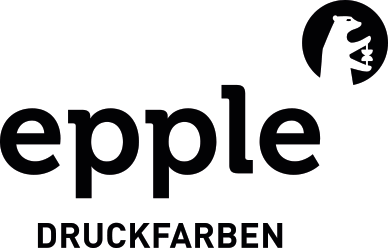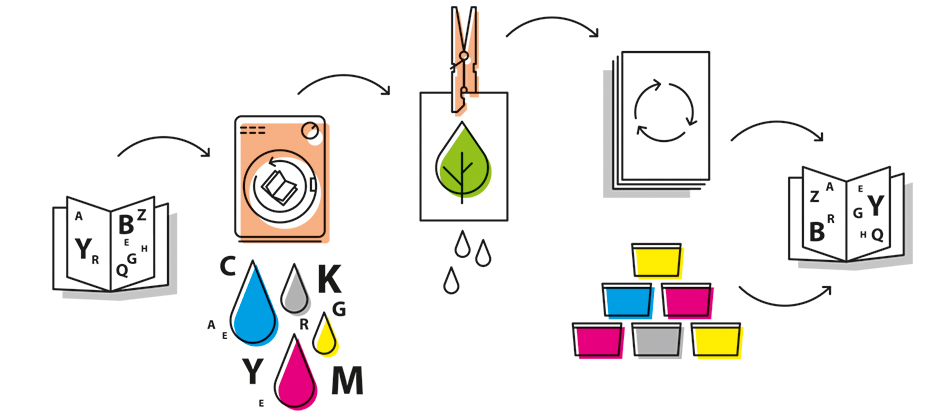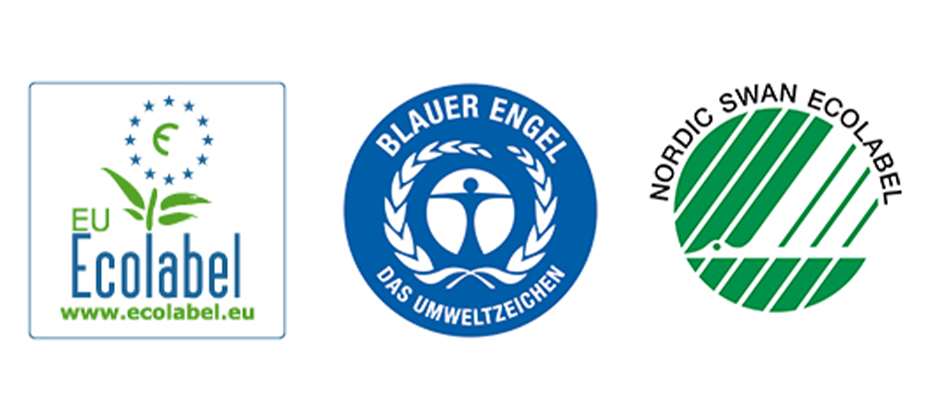Deinkability for a functional cycle
The recycling economy is the talk of the town, particularly regarding plastic packaging. The same thing applies to the recyclability of paper products. The deinkability of a product (ability to remove printing ink) is the recognised criteria here. It implies how effectively printing inks can be removed from used printed paper.
Paper can be recycled up to six times. Therefore, the processed printing ink should be simple to remove from paper without leaving any traces. Epple is aware of the effect of the printing ink factor on the recycling cycle and keeps the partial aspect of deinkability in mind during the entire workflow. This means keeping the potential accumulation of pollutants low which would otherwise limit the area of application of used paper.
Conventional oil based printing inks on uncoated paper can only be removed with great difficulty. Radiationcuring UV systems are, in general, not deinkable. The target is however to achieve a good evaluation of printing ink removal according to the INGEDE method 11. This evaluates the recyclability of printed products and checks their deinkability.
The ink series PURe® which is without any hazardous labelling can be very well deinked from uncoated paper, achieving scores of between 92 and 98 points. In comparison, the scores for conventional oil-based printing inks on uncoated paper lie between 70 and 75 points, and the fibre yield is thereby worse.
Used paper of limited quality is all that can be produced from a huge amount of badly or not-at-all deinked print products. This would increase the demand for wood for the production of paper.










